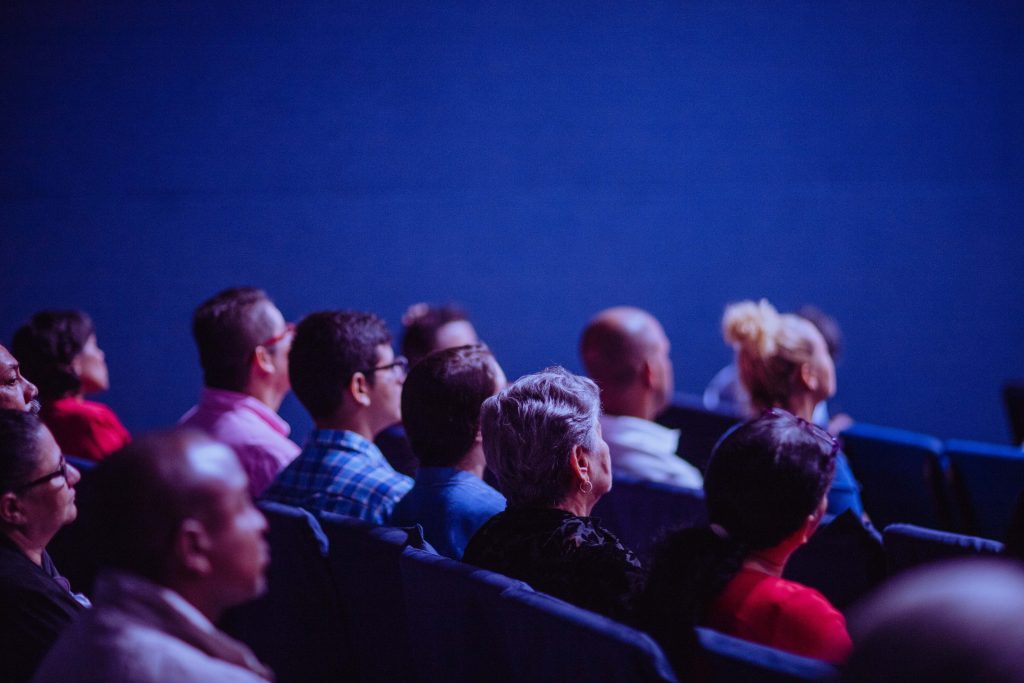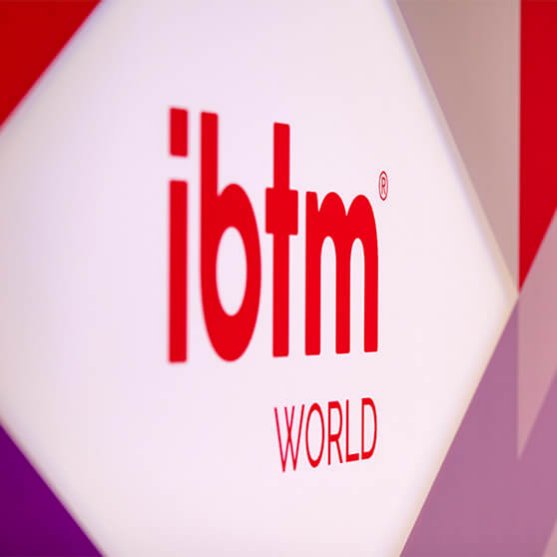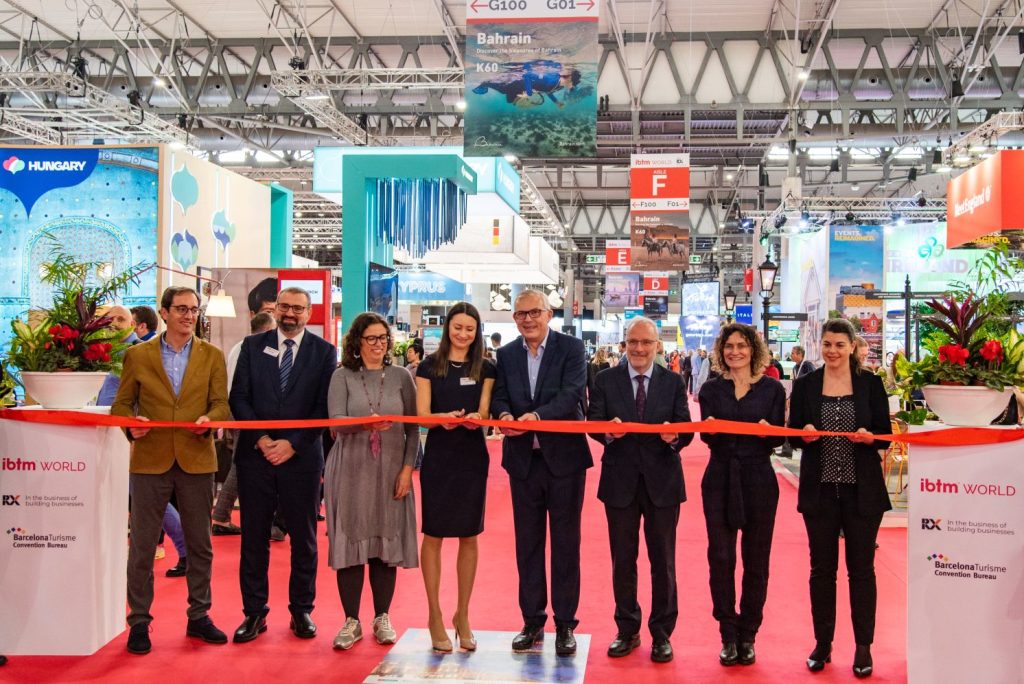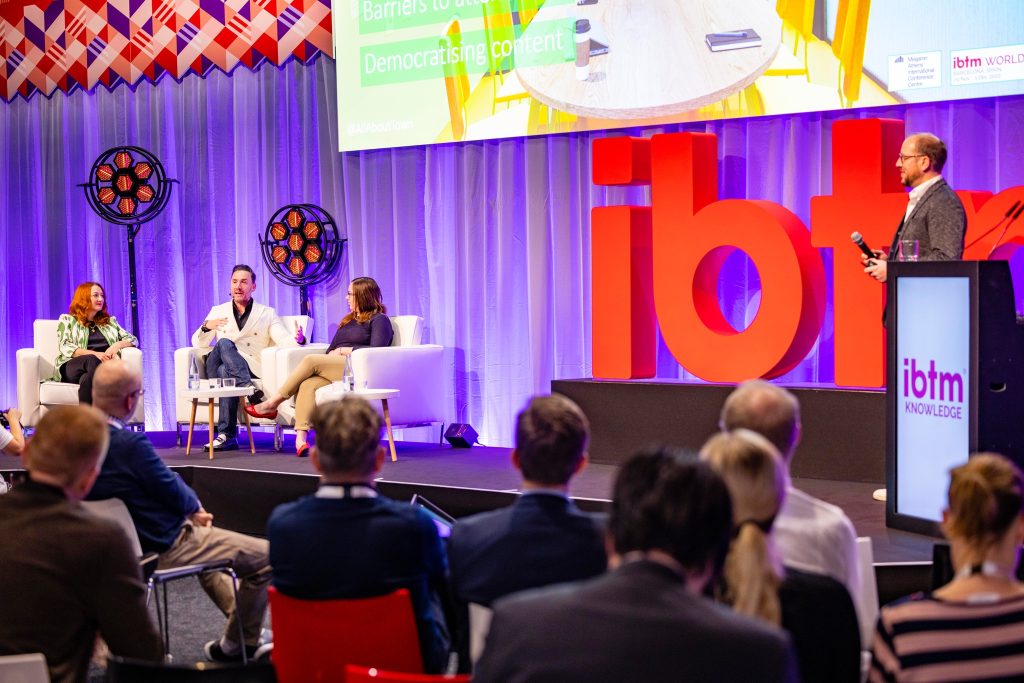
Share news
Listen
What trends and changes do you see in the trade show industry?
One of the great changes is, paradoxically, very different from the technological innovation that comes to mind: it is about recognizing that people are people, that they do not want to just attend a 3-4 day event where they fill up with content or business cards: they want to have fun and live an experience that gives them value. So of course, improvements are made in events in terms of technology, decoration, audiovisuals, catering, but more importantly, shows innovate in their human side, making events more attractive and even more fun. It is not possible to leave an attendee for three hours in an educational room; you have to balance education with more relaxed and fun moments. We are not robots programmed to be working 100% of our time.
For example, in a big tech B2B exhibition, we helped organize cooking sessions or technology talks for awkward people, activities that are perhaps more common in B2C events. The attendees don’t only value what they get out of the event professionally, but also on a personal level.
I understand, but on the other hand we live an obsession of sales leads. Happier attendees translate into leads?
They do: if the attendee is happier, if they receive the content in a more relaxed way, the response to the exhibitor or sponsor is better, their predisposition will be better if they have not been tortured with a marathon of educational sessions.
This changes the objectives and success metrics?
The organizer’s success metric used to be the number of m2 and the number of visitors. Now they have to go beyond filling the event, and are looking to evolve towards a community event, rather than a business event. It is necessary to give value to the attendee at a professional, personal and cultural level; so participation changes, involving for instance workshops, educational sessions, brand experiences… beyond the stand (a stand that, by the way, also improves its experience).
Speaking of generating community, can those events extend their life beyond D-day, ideally throughout the year?
Of course it is feasible. I think it’s easier in the US because behind the big shows are the associations who are their owners and have an internal communication department that thinks about their community and members throughout the year and how to interact with them. This allows them to connect the members more easily with the content of the event. It is more complicated for independent organizers, although with technology (mailings, social networks, apps …) it is increasingly feasible.
If you have enjoyed it, you can know more and get to know other points of view of the fair sector in the following interviews:












